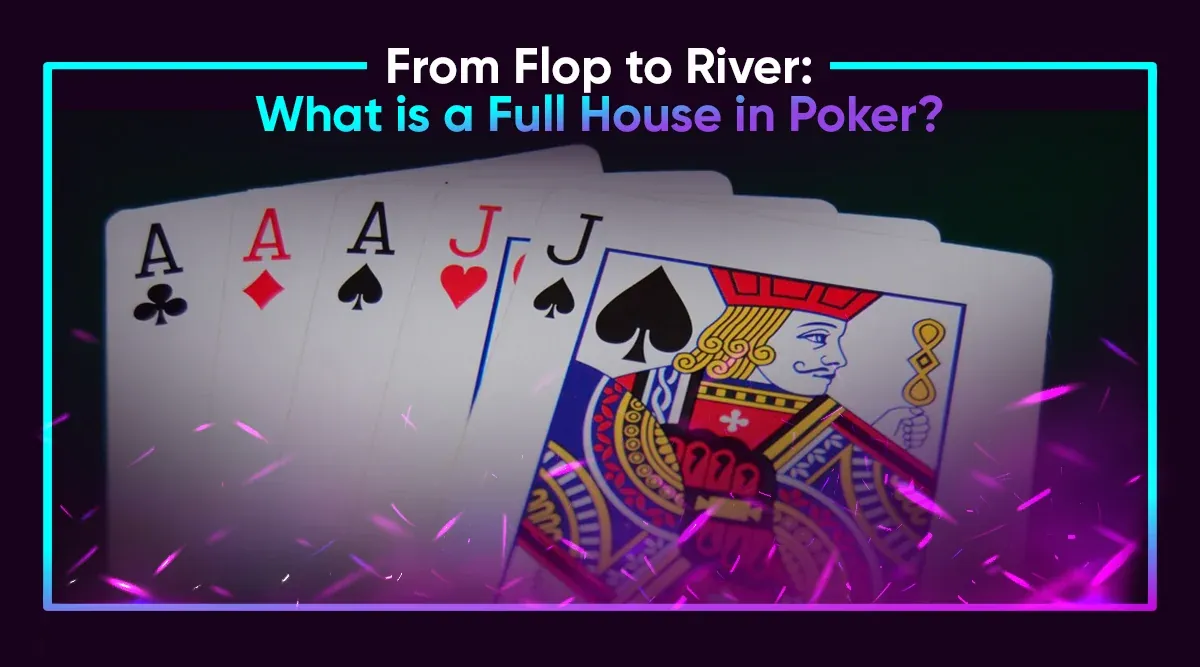
For those who revel in the artistry of contemporary online casino games, transitioning into card games might seem like a leap. However, poker, with its strategic depth and variety of hands, can become a new passion. If you’re looking to diversify your online gaming experience, understanding poker hands can be your gateway. If you want to learn what is a Full House in poker, this guide aims to bridge the gap between the vibrant world of slots and the intricate dynamics of poker, starting with the captivating full house.
What is a Full House in Poker? Basic Poker Hand Ranking
Poker, especially Texas Hold’em, presents a plethora of hand combinations, each with a unique rank and strategic significance listed here, from best to worst.
- Royal Flush
- Straight Flush
- Four of a Kind
- Full House
- Flush
- Straight
- Three-of-a-Kind
- Two Pair
- One Pair
- High Card
Recognizing these hands and their hierarchy is essential, and knowing how to play a full how could grant you one of the best online gambling experiences at the poker table, shaping the foundation of any Texas Hold’em strategy and game approach.













